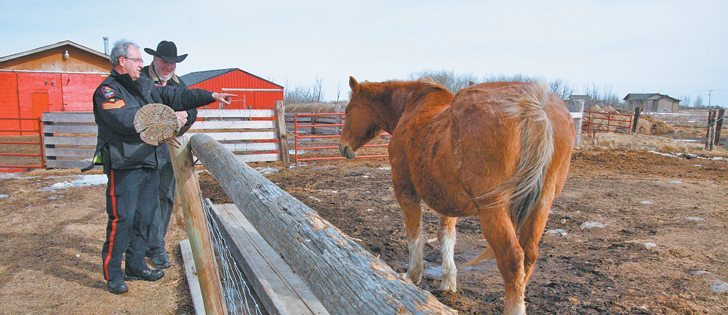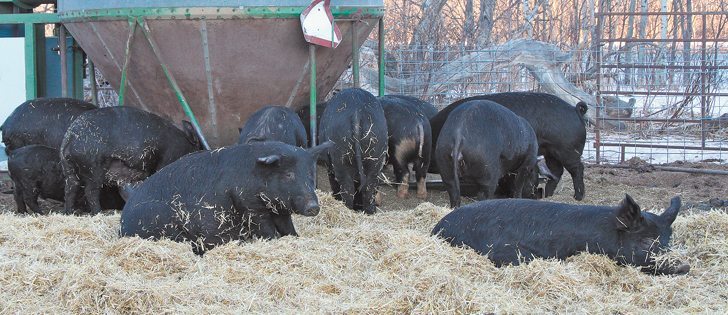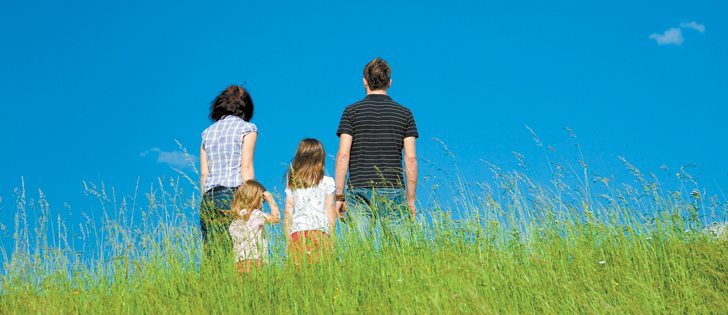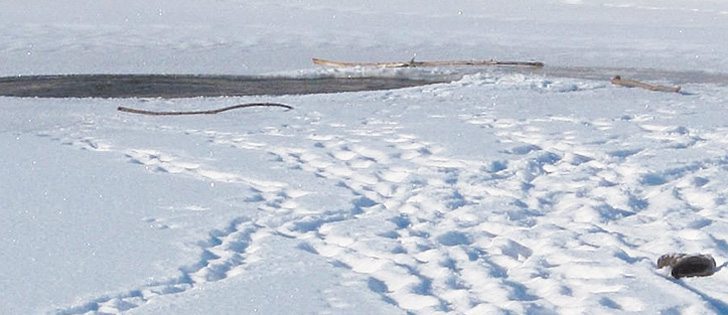BIGGAR, Sask. — Sustainability is a recurring theme when Leam, Crystal and Nathan Craig gather around the kitchen table each week to toss around ideas about the future of the family farm.
The Craig family settled in the Biggar area nearly a century ago when Leam’s grandfather arrived from Ireland and homesteaded on a quarter section.
Leam’s father was the second generation of Craigs to farm in the area, followed by Leam and his wife, Crystal.
Today, Nathan, one of Leam and Crystal’s four children, also has a significant stake in the operation.
Read Also
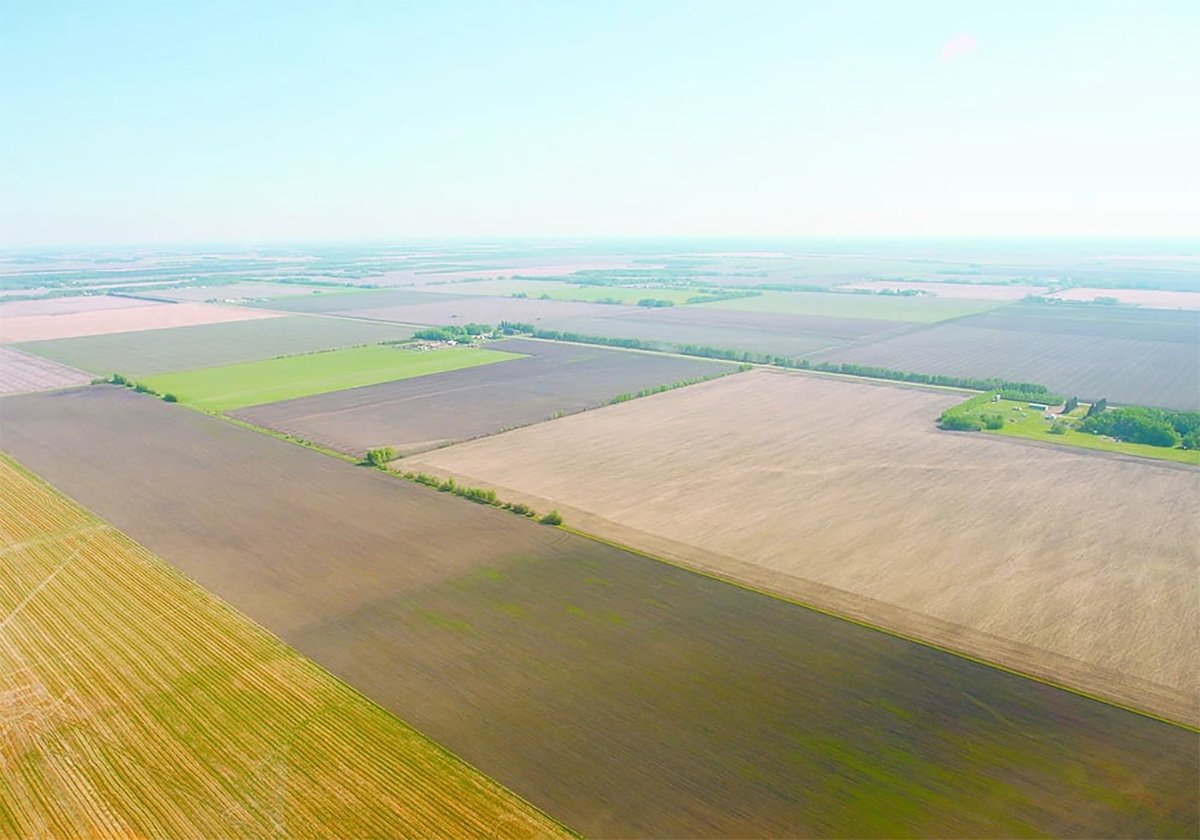
Saskatchewan amends farm land ownership regulations
The Canada Pension Plan Investment Board can no longer own Saskatchewan farmland.
About 10 years ago, he bought land and a yard site from a retiring neigh-bour and started his own beef herd, which has been managed along with his parents’ animals.
Now 30, Nathan is in line to take over the entire operation in the next few years.
Together, the three have been gradually executing a farm succession plan that will ensure a smooth transition.
With four generations already invested in the community and farming industry, the Craigs have come to view sustainability as an important consideration.
A healthy, sustainable operation will ensure that the farm is profitable for many years and that it is around for future generations.
“I think today, our farm is more sustainable than it’s ever been,” says Leam.
“I think we’ve got a lot healthier farm now than we’ve ever had.”
Once full-time grain producers, the Craigs steered their farm in a new direction in the late 1990s when they decided to convert some cropland to grass.
At the time, the area was suffering through a severe drought and the returns from growing grain were dismal.
Leam remembers the farm’s annual expenditures on fuel, fertilizer, chemicals, machinery and labour and likens grain production to a high-stakes poker game.
Profits were likely in a good year, but big losses seemed almost inevitable in bad years.
“We probably could have stick handled through it, but if it had ever happened back to back or three years out of four, we would not have been in good shape,” adds Leam.
At first, the least productive and most environmentally sensitive land was sown to grass.
The family began populating the farm with beef cattle in 2000, and by early 2003, weeks before BSE was found in Canada, Nathan bought his own herd and took up residence just a few kilometres away.
By 2008, the farm’s entire land base had been converted to grass.
For Nathan, the first few years in beef production required resilience and determination.
“It was a humble beginning,” he says with a laugh.
“I think I bought my cows and they announced 30 days later that BSE (hit).… It’s just the way things go.”
Today, the family runs 340 cows on 3,500 acres. Calves stay on the farm for roughly a year and are marketed as yearlings.
There are more than 600 animals to feed in a typical winter. Bale grazing reduces the workload, especially in a mild winter like 2011-12.
In the summer, rotational grazing occurs on 40 acre paddocks.
Sixty percent of the land is typically used for summer grazing while the rest produces baled hay.
Now well established in the beef industry, the Craigs agree that that they will likely never convert back to grain production.
Among other benefits, grass production allows the family to manage the farm’s resources in a sustainable manner.
The Craigs already use elements of wind and solar technology, and Leam would like to see if alternative energy can be used to a greater degree.
Holistic management has also emerged as a defining element of the family’s operation since the Craigs took their first holistic resource management course 10 years ago.
The course encouraged the family to take a wide-angle view of their goals and reconsider all aspects of the farming operation, including land and water use, the farm’s environmental footprint, quality of life and the family’s contributions to their local community.
As for the future of the farm, Nathan is looking forward to carrying on the family tradition and is firmly subscribed to the belief that bigger is not always better.
Quality of life and a sense of community are every bit as important as size and profitability, he says.
“There is that sense of community … where you can get together and help process a guy’s cattle and drink a beer at the end of the day and you don’t expect a paycheque,” Nathan says.
“There is that nice sense of community still, but I think with some of these larger farms that are coming on, nobody has time for anyone any more.”





